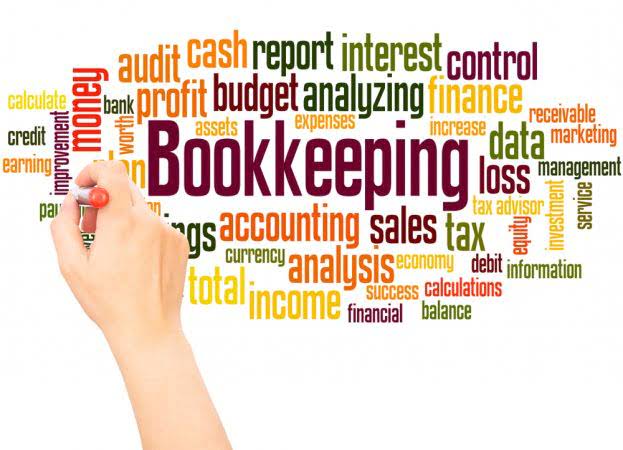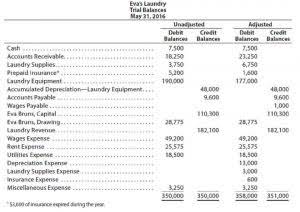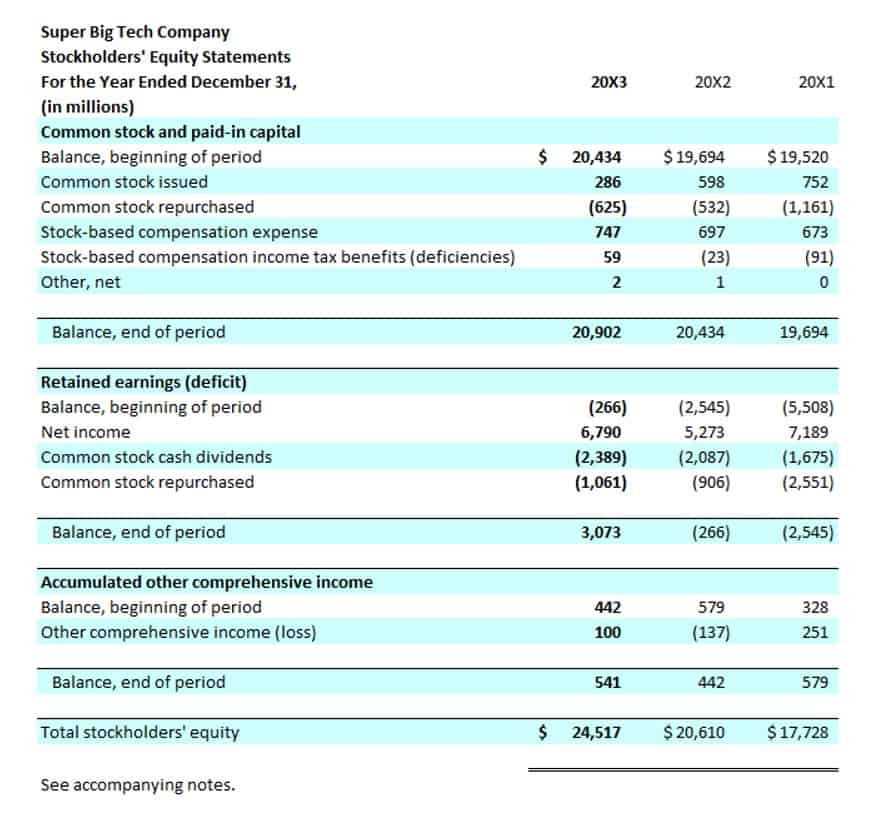
Period costs are not attached to products how to find period costs and the company does not need to wait for the sale of its products to recognize them as expense on income statement. According to generally accepted accounting principles (GAAPs), all selling and administrative costs are treated as period costs. As shown in the income statement above, salaries and benefits, rent and overhead, depreciation and amortization, and interest are all period costs that are expensed in the period incurred.

Create a free account to unlock this Template
- This is in accordance with the matching principle of accounting, which dictates that expenses should be matched with the revenues they help to generate in the same period.
- There is no fixed approach to identifying the period expense in all the particulars.
- Product costs are often treated as inventory and are referred to as “inventoriable costs” because these costs are used to value the inventory.
- By definition, period costs are costs that are incurred during one accounting period and are not tied to the production of a product or the inventory costs.
Also, interest expense on a company’s debt would be classified as a period cost. Overhead or sales, general, and administrative (SG&A) costs are considered period costs. SG&A includes costs of the corporate office, selling, marketing, and the overall administration of company business. These costs are not part of the manufacturing process and are, therefore, treated as expense for the period in which they arise.
- This accounting practice is not only a compliance measure but also provides valuable insights for internal management and external stakeholders.
- Unlike period expenses, operating expenses often cannot be easily identified by when payments are received or made during the accounting periods that they affect.
- The period cost is important and a necessary thing to keep track of because it allows you to know your company’s net income for each accounting period.
- Liabilities are normally things that are settled over time through the transfer of money, goods, or services.
- When preparing a budget, companies must estimate not only the variable costs that fluctuate with production levels but also the fixed period costs that remain constant regardless of output.
Additional Resources
- In these cases, a more feasible alternative is to try and reduce the amount paid in earlier years.
- Other examples of period costs include marketing expenses, rent (not directly tied to a production facility), office depreciation, and indirect labor.
- The product costs are sometime named as inventoriable costs because they are initially assigned to inventory and expensed only when the inventory is sold and revenue flows into the business.
- What is paid during that period was $100,000 in rent and utilities, but only $10,000 in insurance and property taxes because a storm damaged the roof of one of its properties.
- As a general rule, costs are recognized as expenses on the income statement in the period that the benefit was derived from the cost.
- This way you’ll have a better idea of the expenses and give a better idea of the net income of your company.
- The remaining inventory of 200 units would not be transferred to cost of good sold in 2022 but would be listed as current asset in the company’s year-end balance sheet.
Incorporating period costs into pricing strategy is a nuanced aspect of financial management that requires a comprehensive understanding of how these costs behave in relation to market dynamics and customer demand. When setting prices for products or services, businesses must ensure that all costs, including period costs, are covered to maintain profitability. This necessitates a thorough analysis of both direct and indirect expenses to determine the minimum price at which a product can be sold without incurring a loss. The tax implications of period costs are an intricate aspect of fiscal management that can influence a company’s tax liability. Since period costs are deductible in the year they are incurred, they can reduce taxable income, thereby affecting the amount of tax owed by the business. It is essential for companies to accurately categorize and document these expenses to ensure they are maximizing their tax deductions.

Frequently Asked Questions (FAQs)
On the other hand, costs of goods sold related to product costs are expensed on the income statement when the inventory is sold. Liabilities are normally things that are settled over time through the transfer of money, goods, or services. Liabilities can either be short-term obligations that are due within one year of a normal accounting period, or they can be long-term liabilities and are not due for more than one accounting period.

Every cost incurred by a business can be classified as either a period cost or a product cost. A product cost is incurred during the manufacture of a product, while a period cost is usually incurred over a period of time, irrespective of any manufacturing activity. A product cost is initially recorded as inventory, which is stated on the balance sheet. Once the inventory is sold or otherwise disposed of, it is charged to the cost of goods sold on the income statement. A period cost is charged to expense on the income statement as soon as it is incurred.

These unsold units would continue to be treated as asset until they are sold in a following year and their cost transferred from inventory account to cost of goods sold account. Period costs are also known as period expenses, time costs, capacity costs, and operating expenses. In order to keep your budget efficient, it is important to know how to report period costs, but unfortunately, there is no standard formula for calculating period costs. The standard costs that a business incurs that are not directly related to production operations or inventory costs but still must be added to their income statement are known as period costs. Period costs are not tied to a product or the cost of inventory like product costs are. Period costs are also listed as an expense in the accounting period in which they occur.

What is the Difference Between Period Cost and Product Cost
For a retailer, the product costs would include the supplies purchased from a supplier and any other costs involved in bringing their goods to market. In short, any costs incurred in the process of acquiring or manufacturing a product are considered What is bookkeeping product costs. “Period costs” or “period expenses” are costs charged to the expense account and are not linked to production or inventory.

